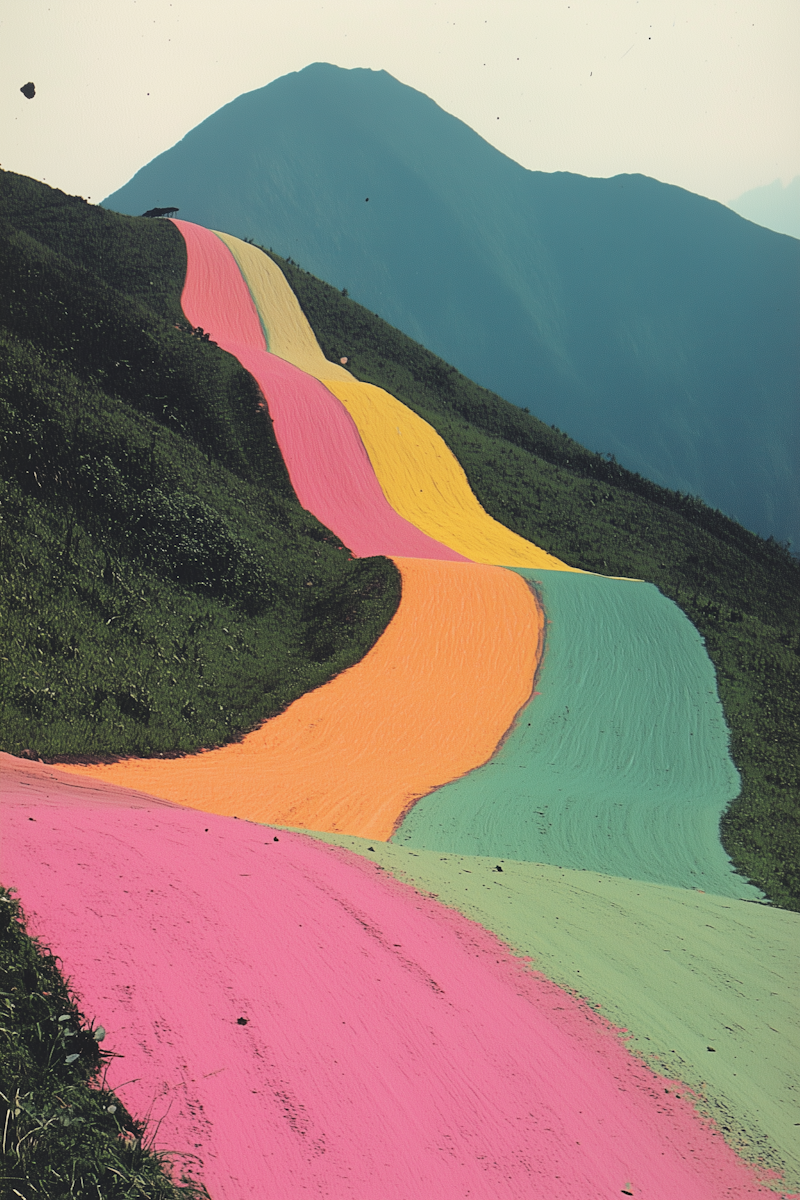Introduction
When I first opened The Artist’s Way, I didn’t expect rules or formulas. What I found was more like a reminder: “Creativity is the natural order of life. Life is energy: pure creative energy.”
Reading that, I felt something soften. Creativity isn’t something to earn, to chase, to justify—it’s already part of us. The real task is learning how to let it flow again.
Content
Julia Cameron writes:
“We are, ourselves, creations. And we, in turn, are meant to continue creativity by being creative ourselves.”
That sentence shifted the way I see my practice. To create isn’t about forcing output—it’s about aligning with something that already exists.
Cameron offers two practices to reconnect with that flow:
- Morning Pages: “three pages of longhand, stream of consciousness writing, done first thing in the morning.” They aren’t meant to be art. They are meant to clear the noise, so the whispers of real ideas can surface.
- The Artist Date: “a solo expedition to explore something that interests you.” A weekly ritual of curiosity and play, where productivity is not invited.
I started both slowly, almost hesitantly. But the more I practiced, the more I noticed small details resurfacing in my creative work—the way light falls on a wall, a color in a stranger’s jacket, a sentence scribbled in a notebook. These fragments became raw material, unexpected threads in my design and illustration work.
Cameron also reminds us:
“In order to retrieve your creativity, you need to find it.”
It sounds simple, but it means everything. Creativity won’t appear under pressure. It comes when we make space, when we listen, when we dare to play again.
Conclusion
What The Artist’s Way left me with is this: creativity is not a race, nor a performance. “Creativity is an experience— to be experienced.”
And like any relationship, it needs attention, patience, and kindness. Some days the flow feels generous, other days it’s quiet—but it’s always there, waiting for us to return.
.svg)

.png)
.png)